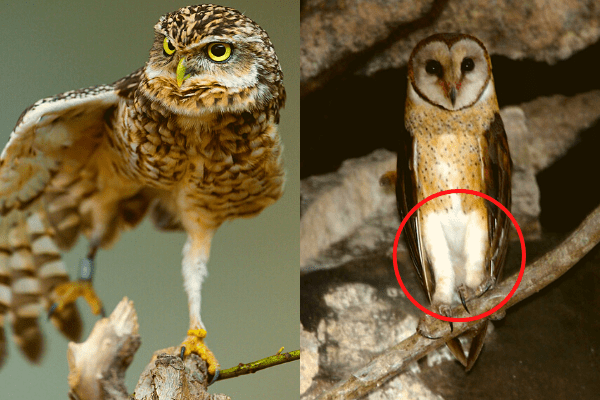Owl legs became an internet obsession after a few photographs revealed what owls usually keep hidden. Without their thick leg feathers, owls suddenly looked tall, thin, and almost awkward, triggering the now-famous “owl legs” meme. The surprise was understandable, but it said more about human expectations than owl anatomy. Owls are not short-legged birds. Their legs are simply concealed by dense feathers that create the rounded shape people recognize.
Biologically, owl legs are built for strength, not appearance. They play the central role in hunting, delivering the strike, gripping prey, and often causing fatal injuries before the beak is even used. Powerful muscles and a tendon-locking system allow owls to hold prey securely with little effort, making their legs far more important than their beaks during capture.
Despite their strength, owl legs are not designed for running. On the ground, owls move slowly and awkwardly because their limbs are adapted for gripping and stability, not speed. The meme may have made people laugh, but it accidentally highlighted one of the most effective hunting tools in the bird world.
Image That Sparked the Owl Leg Meme
The image that sparked the owl leg meme didn’t uncover a hidden evolutionary mistake. It simply showed an owl the way we almost never see one. Most of the time, an owl’s legs are carefully disguised under layers of soft, fluffy feathers that blur the boundary between body and limb.
Those feathers give owls their familiar rounded shape and quietly convince our brains that the legs must be short.
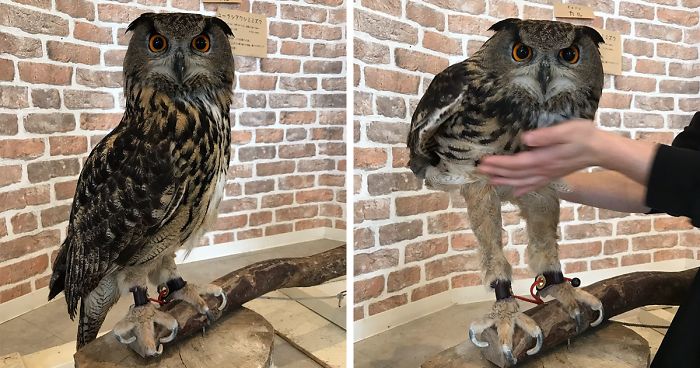
When a photo shows an owl with those feathers flattened or parted, the illusion collapses. Suddenly, the legs look long, thin, and oddly serious, as if the owl has been standing on stilts this whole time and just decided to reveal the truth. The reaction feels humorous because it clashes so strongly with expectation, not because the anatomy is unusual.
From a biological standpoint, everything in those images makes sense. The hip joint sits high inside the body, the knee is hidden under feathers, and most of the visible length comes from the lower leg bones. Other ambush-hunting raptors share similar proportions. The meme worked because it surprised people, but what it really exposed was how much feathering shapes the way we think animals are built.
Owl Leg Anatomy Explained Through Diagrams
Looking at an owl leg diagram helps clear up much of the confusion surrounding how these birds move and hunt. What appears to be a short upper leg is actually the femur, and it is intentionally compact and tucked close to the body.
This positioning keeps the owl’s center of mass stable during flight and allows for controlled landings when striking prey. Most of the visible length comes from the bones below the knee, not above it.
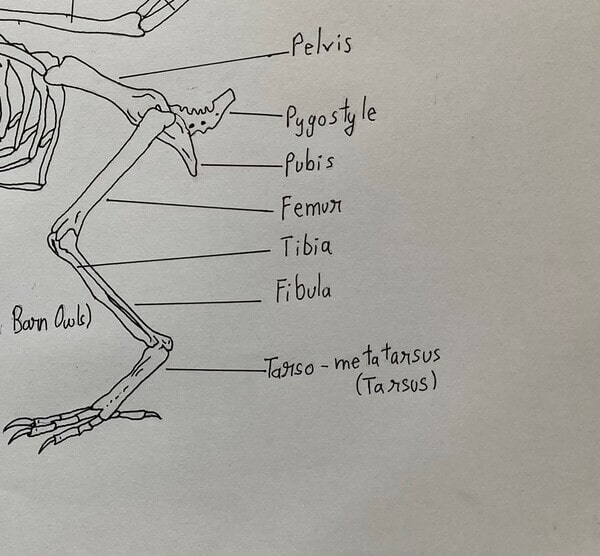
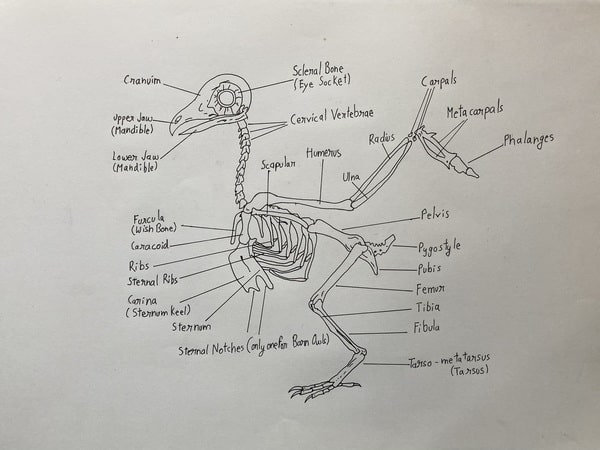
The tibiotarsus forms the main structural segment of the leg and provides leverage during a strike. Below it, the fibula is reduced and partially fused, reflecting the fact that owls are not built for running but for strength and precision.
The longest visible bone in most diagrams is the tarsometatarsus, often mistaken for part of the foot. This bone functions as a powerful lever, transferring force from the leg muscles to the toes during gripping.
Diagrams also make it clear how the toes are arranged and controlled. Owls have a toe configuration that allows them to shift grip depending on prey size, supported by strong flexor tendons that tighten naturally as the leg bends. Together, these features explain why owl legs look unusual in photographs but function so effectively in real life.
How Owls Use Their Legs After a Strike
The moment an owl makes contact with its prey, the hunt is largely decided by the legs. Unlike animals that rely on repeated bites or chasing, an owl delivers control instantly. The legs absorb the force of impact and close around the prey in a single motion, pinning it against the ground or holding it suspended. This is not just strength, but timing. The strike and grip happen almost simultaneously, leaving little chance for escape.


What makes this grip especially effective is a tendon system shared by many perching birds but refined in owls for hunting. When the toes close, the tendons naturally tighten as the legs flex, allowing the feet to remain clenched with minimal ongoing muscle effort. As a result, an owl can hold struggling prey securely without quickly tiring. In many cases, the pressure from the feet alone is enough to cause severe internal injury, which is why prey is often incapacitated before the beak is used at all. The legs do the hard work first; the beak follows only when control is complete.
Why Owl Legs Matter More Than the Beak
At first glance, an owl’s hooked beak looks like its main weapon. In practice, it is not. During a hunt, the beak is largely passive until the outcome is already decided. The real work is done by the legs and feet, which deliver the force needed to overpower prey. Observations from the field and examinations of prey remains consistently show that many animals are killed or fatally injured by the pressure and impact of the owl’s grip rather than by biting.
This approach makes sense for a hunter that operates in darkness. By relying on its legs to restrain and subdue prey immediately, an owl avoids prolonged struggles that could lead to injury or escape. Once the prey is fully controlled, the beak is brought in to reposition, dispatch, or break the animal into manageable pieces. The roles are clearly divided. The legs secure the kill, and the beak handles what comes after.
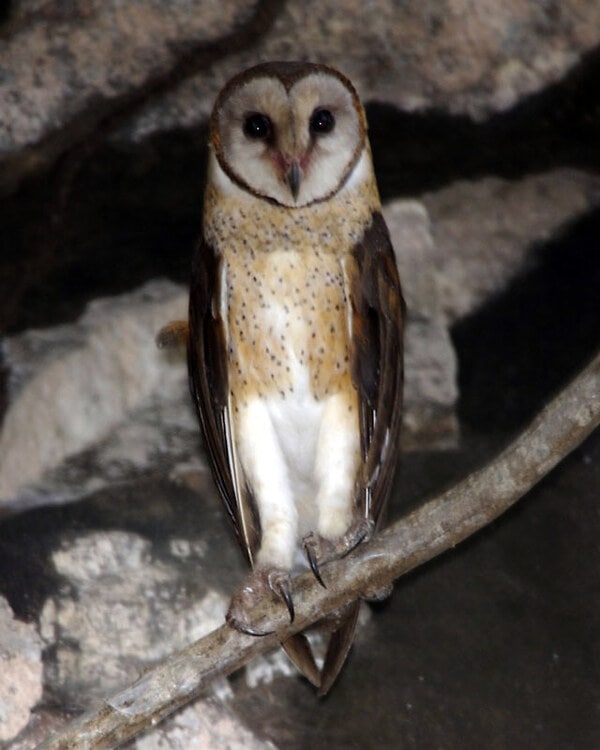
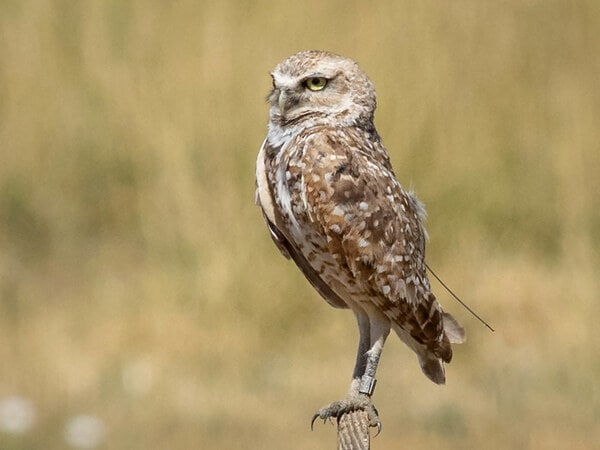
Why Owls Move Slowly on the Ground
Owls can walk, hop, and reposition themselves on the ground, but speed was never the goal of their leg design. Their legs are built to grip and hold, not to power long or rapid strides. Compared to birds that run or forage on land, owls lack the muscle arrangement and joint flexibility needed for fast, efficient ground movement. Most of their leg strength is concentrated in the muscles and tendons that close the toes rather than those that drive forward motion.
This trade-off is easy to see in behavior. On the ground, owls often look cautious or awkward, taking short steps and pausing frequently. In the air or during a strike, however, that same anatomy allows for remarkable control and precision. The contrast is not a weakness but a reflection of specialization. Owls evolved legs that excel at seizing prey in a single moment, even if that means moving slowly once the wings are no longer involved.
Owl Legs Up Close in Images
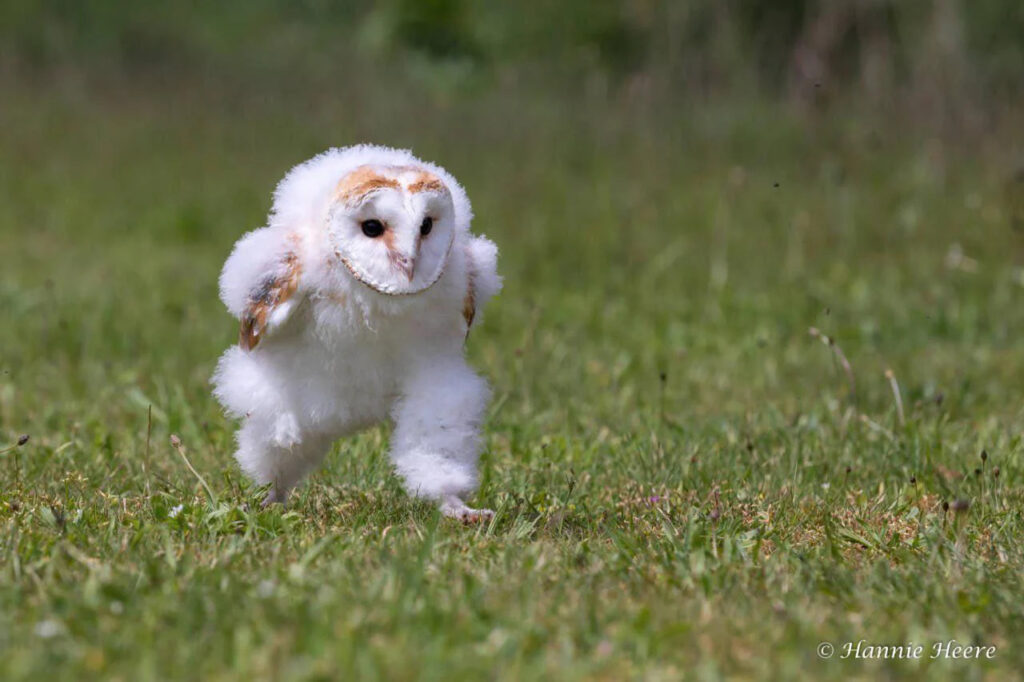
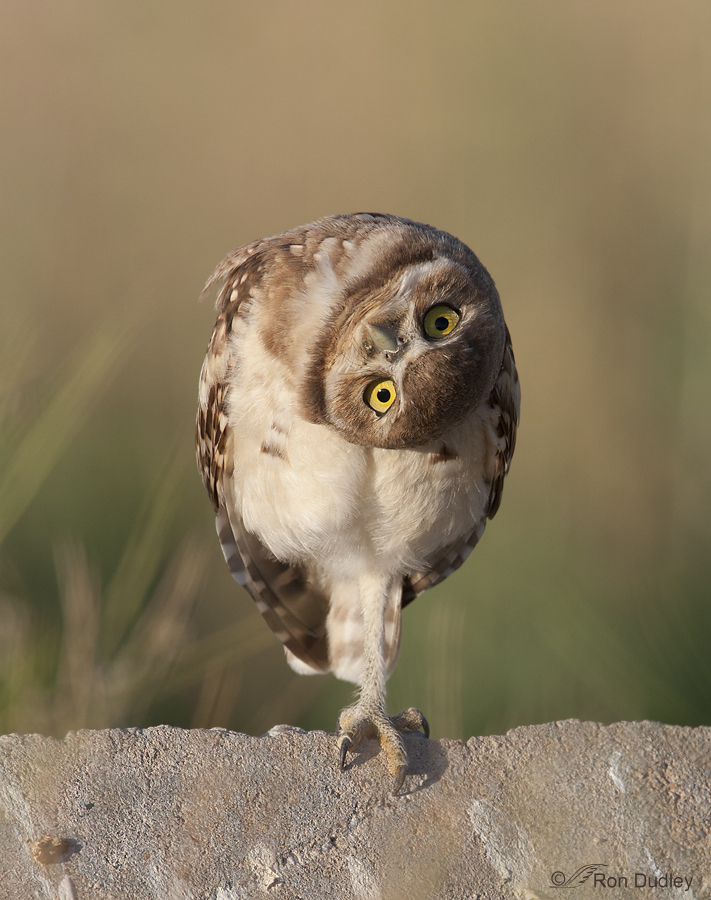
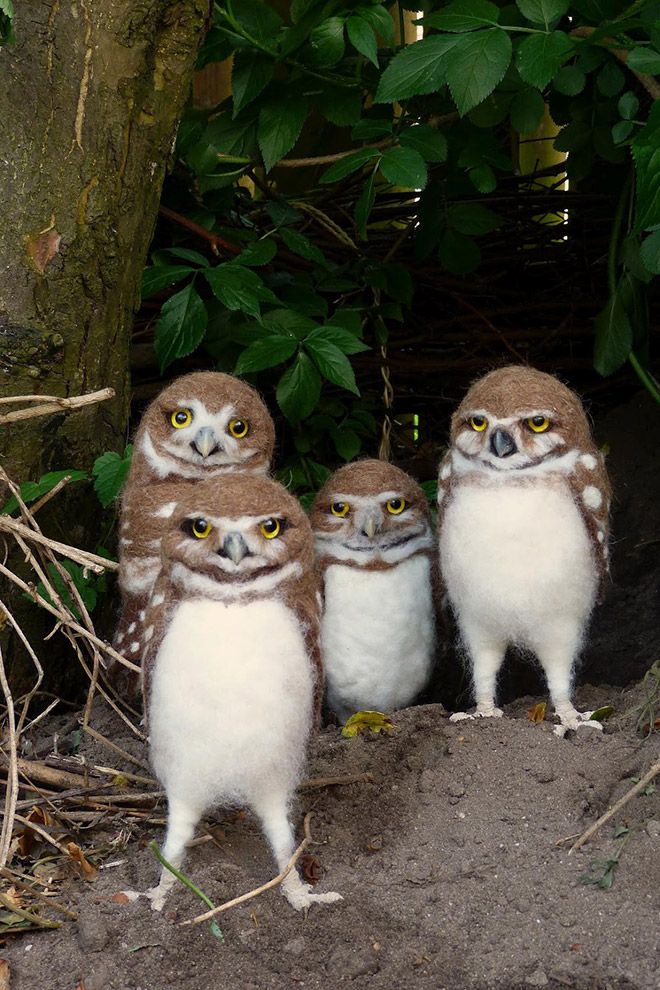
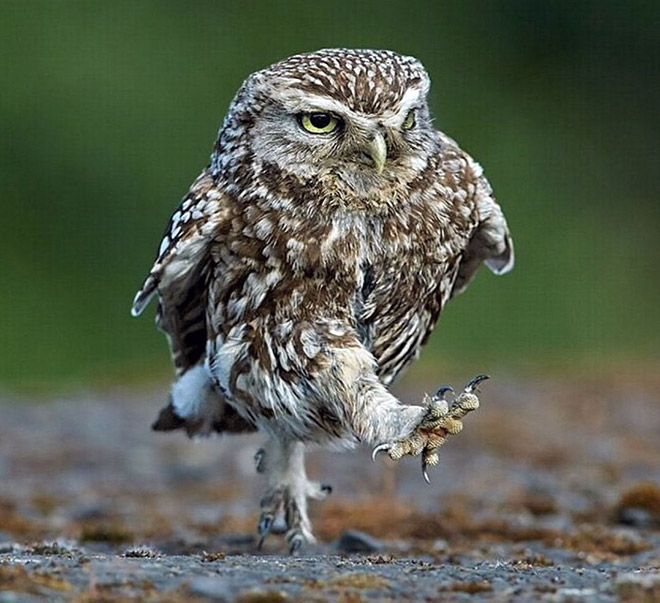
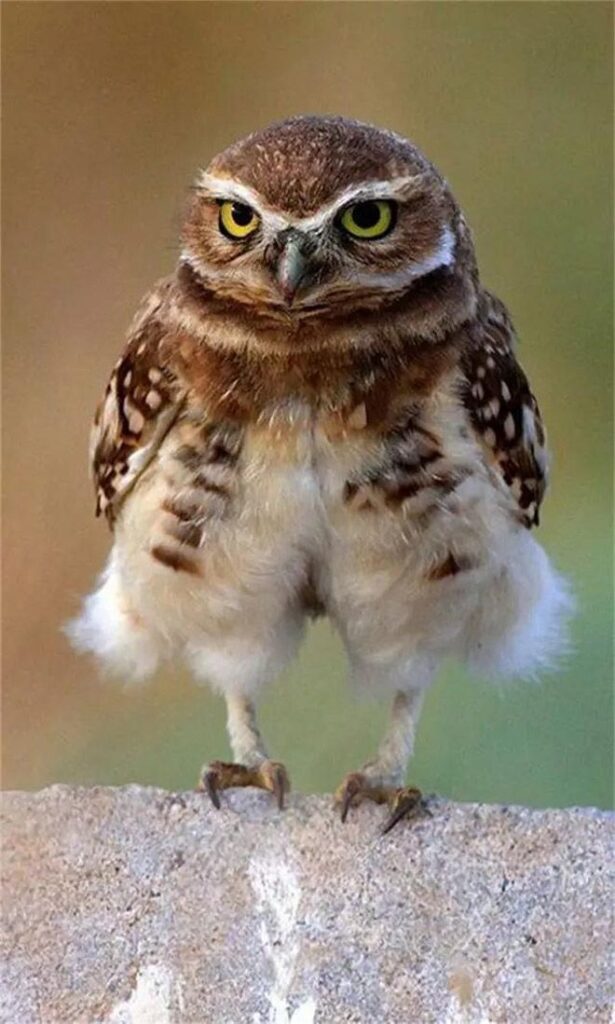
Related Post

